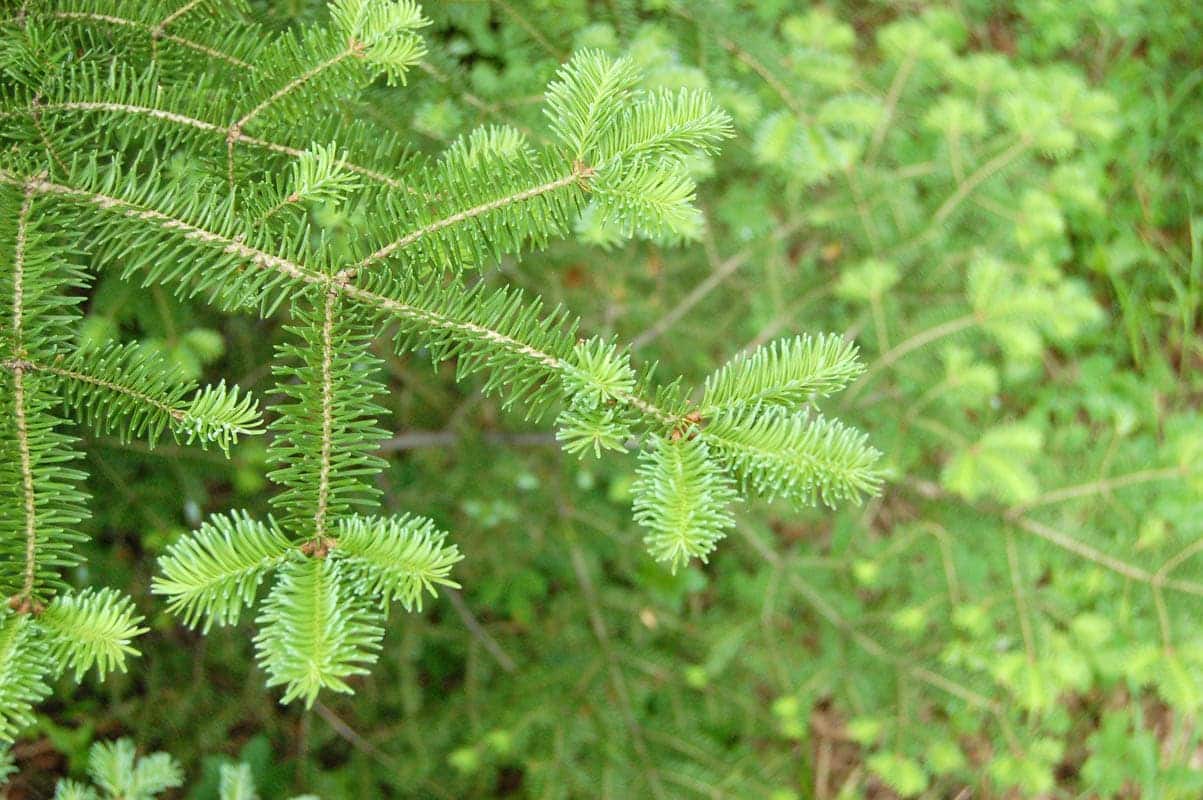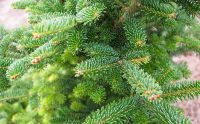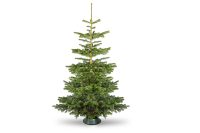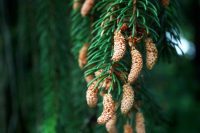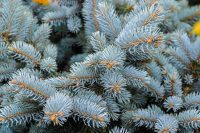Is balsam fir toxic to dogs? What is balsam fir? What should I do if my dog chews balsam fir? Safety Toxicity of common Christmas plants
Is balsam fir toxic to dogs?
Balsam fir is non-toxic to dogs, however, ingestion of needles can cause gastrointestinal upset and mild dermatitis if it comes into contact with the skin.
What is balsam fir?
| Family | Pinaceae – Pine |
| Botanical name | Abies balsamea |
| Common names | Balsam fir, Blister Pine, Balm of Gilead fir |
| Mature height | 60-80 foot (18-24 metres) |
| Needle retention | Excellent |
| Scent | Christmas |
| Native to | Northeastern America and eastern Canada |
| Toxicity | Non-toxic |
First described in 1768 by English botanist and gardener Philip Miller, balsam fir is an aromatic tree native to Northeastern America and eastern Canada, popular for its highly scented blue/green foliage. Balsam fir grows at a rate of 30 cm (12 inches) per year.
This hardy and easy-to-care-for Christmas tree is great for beginners. Balsam fir has a pleasant conical shape with 1-inch (2.5 cm) long blue/green needles.
The balsam fir gets its name from the bark blisters that yield balsam, a rich resin. This resin is widely used throughout the world for its antiseptic and healing qualities.
Related: Caring for a Christmas tree
What should I do if my dog chews balsam fir?
Carefully remove any plant matter from the dog’s mouth and offer a drink of water or milk. While contact with the tree may cause skin irritation, balsam fir is classified as non-toxic. Ingestion may cause mild gastrointestinal upset such as vomiting and diarrhea, or puncture the GI tract causing bloody stools and vomiting. Contact your veterinarian if these develop.
Safety
While balsam fir is non-toxic, it may cause mild dermatitis if it comes into contact with the skin. The University of California lists balsam fir as category 4.
Dermatitis: The juice, sap, or thorns of these plants may cause a skin rash or irritation. Wash the affected area of skin with soap and water as soon as possible after contact. The rashes may be very serious and painful. Call the Poison Control Center or your doctor if symptoms appear following contact with the plants.
- Dogs who consume a large volume of balsam fir needles are at risk of gastrointestinal blockage or oral irritation. If you do have a dog who shows an interest in chewing the Christmas tree, move it to another location, or place a playpen around the tree to block access. Consider growing dog-friendly plants, such as grass.
- Avoid tinsel on lower parts of the tree, as ingestion can cause a telescoping of the intestines, where one end of the tinsel (linear foreign body) can become lodged, while the other end continues to move along the GI tract due to peristalsis, eventually causing the intestines to become folded.
- Secure the Christmas tree to a wall by attaching wire or fishing line, to prevent it from accidentally toppling over on the dog.
- Fertilisers and fire retardants used on Christmas trees can be potentially toxic to dogs, therefore we recommend using pet-safe products to avoid accidental poisoning.
- Do not let pets drink from Christmas tree water. Additives used to extend the life of a cut Christmas tree are toxic to dogs and Christmas tree water can also grow mould and bacteria.
- Pine needles can potentially embed in the paws or the skin between the paws, therefore it is important to regularly clean up fallen needles.
Toxicity of common Christmas trees to dogs
Common name |
Scientific name |
Toxicity level |
| Norway spruce | Picea abies | Non-toxic |
| Blue spruce | Picea pungens | Non-toxic |
| Serbian spruce | Picea omorika | Non-toxic |
| White spruce | Picea glauca | Non-toxic |
| Nordmann fir | Abies nordmanniana | Non-toxic |
| Fraser fir | Abies fraseri | Non-toxic |
| Douglas fir | Pseudotsuga menziesii | Non-toxic |
| Noble fir | Abies procera | Non-toxic |
| Balsam fir | Abies balsamea | Non-toxic |
| Grand fir | Abies grandis | Non-toxic |
| Scotch pine | Pinus sylvestris | No information available |
| White pine | Pinus strobus | No information available |
| Virginian pine | Pinus virginiana | Toxic |
| Norfolk Island pine, house pine | Araucaria heterophylla | Non-toxic |
Julia is a writer and landscape consultant from Wollongong with a love of horticulture. She had been an avid gardener for over 30 years, collects rare variegated plants and is a home orchardist. Julia is passionate about learning and sharing her knowledge of plant propagation and plant toxicology. Whether it’s giving advice on landscape projects or sharing tips on growing, Julia enjoys helping people make their gardens flourish.
